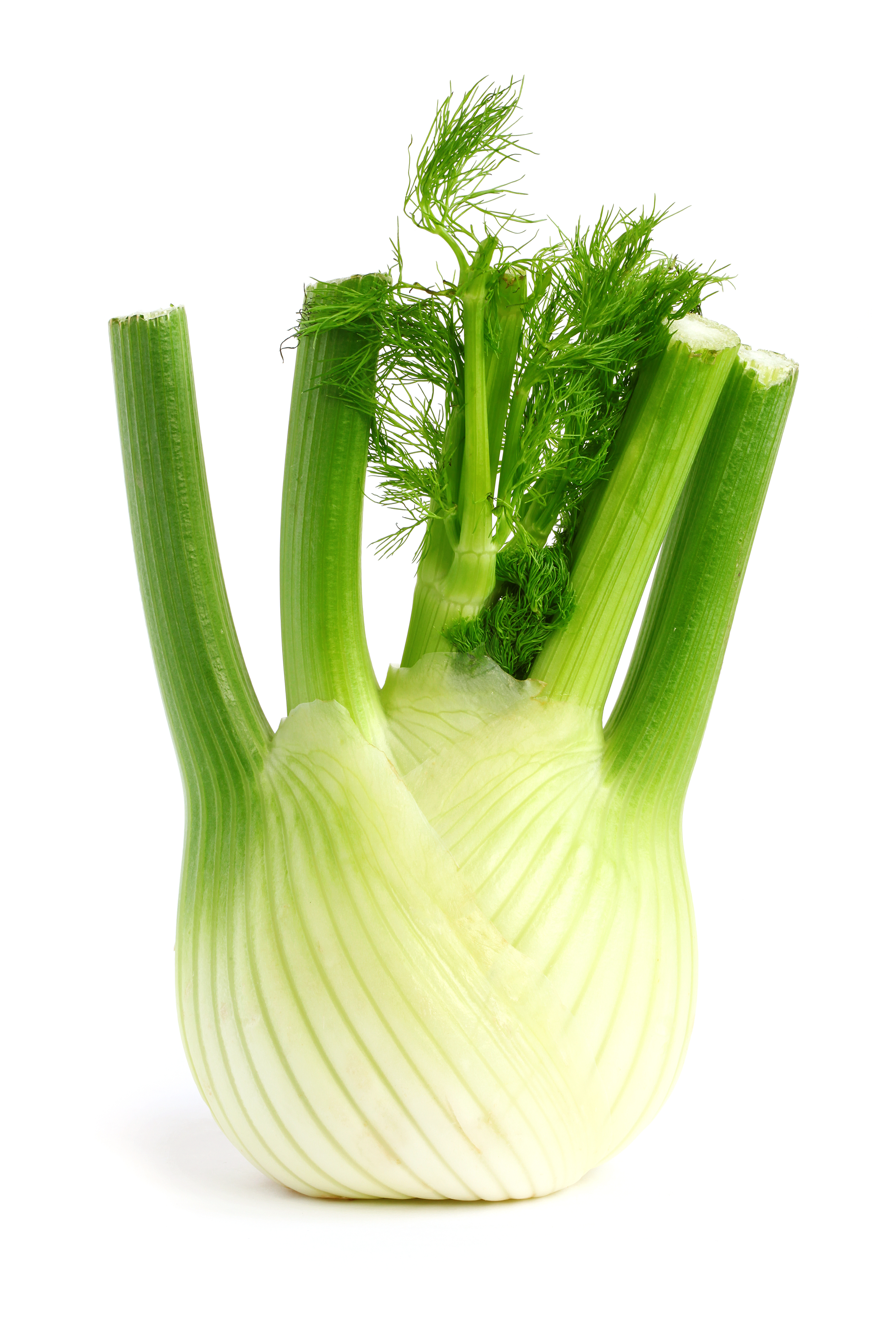Extraction process :
The development of a fennel plantation is done by sowing the seeds contained in the fruits of the plant. It takes about 2.5 kg of seeds to develop a one hectare crop. In low season, it takes 8 to 10 kg of seeds to perpetuate the crop on one hectare. In summer, provided the weather conditions are mild, the fennel reveals umbels of yellow flowers. These flowers give fruits, green at first, then yellow when ripe. That is when they are collected by hand to be dried, about forty days after flowering. Several crops are grown each year because not all plants bloom at the same time. After the umbels containing the fruit are dried, they are washed, the fruits are crushed and stored in small bags of jute. The crushed dried fruits are steam distilled and their moisture content must remain below 9%. After the extraction, Eucalyptus essential oil is collected in an essencier, once decanted from the water used to extract it.
Many fennel crops are biologically warranted, as the demand for organic fennel is important in developed countries. For example, all Indian cultures are organic.
Chemotypes :
Three main varieties of fennel are grown around the world.
Foeniculum vulgare var. dulce : Sweet fennel, whose seeds essential oil is very consumed.
Foeniculum vulgare var. piperitum : Bitter fennel, also known for the essential oil of its seeds, containing much more pinene.
Foeniculum vulgare var. azoricum : Florence fennel, famous for the essential oil of its seeds and for its leaves.
Aromatherapy :
Informations provided below are taken from reference works in aromatherapy. They are given for information purposes only and can not constitute medical information, nor engage the responsibility of ScenTree.
Fennel essential oil is renowned for its antimicrobial (antifungal and antibacterial), antispasmodic and flatulence properties. It is also stimulating, expectorant (causes cough), anticancer, antioxidant, it is a muscle relaxant and has many other properties.





Comments :